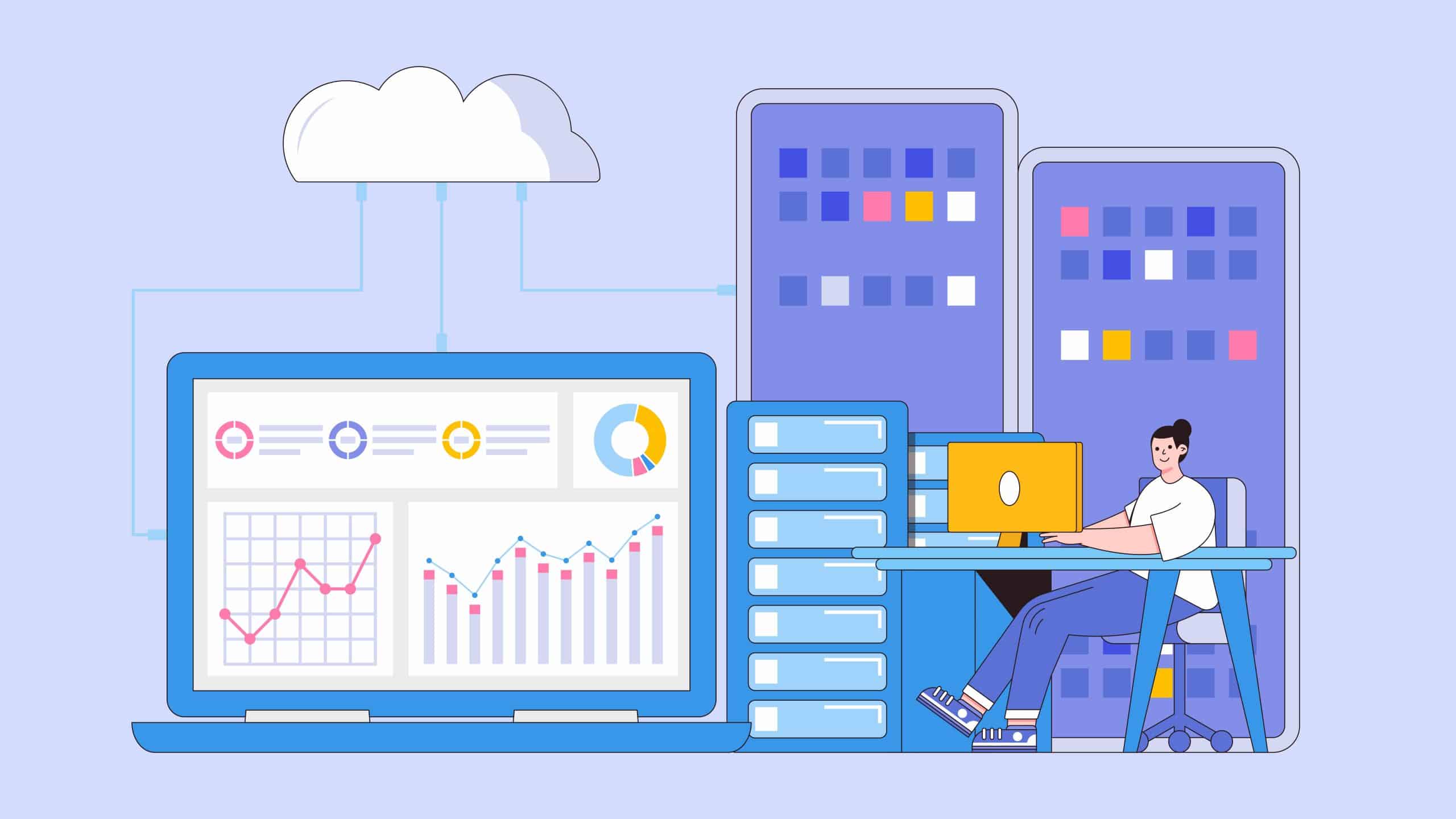The Role of Server Monitoring in Performance Testing

- August 11, 2023
- admin
In today’s rapidly evolving digital landscape, optimizing the performance of websites and applications is essential. Performance testing services are a cornerstone of this optimization, but it’s crucial to recognize the complementary importance of server monitoring. Server monitoring provides real-time insights into server health, resource utilization, and potential issues that can impact overall performance.
This article will delve into the vital role server monitoring plays in performance testing, explaining each aspect in detail.
Understanding Performance Testing
At its core, performance testing is a systematic evaluation of how an application or website performs under various conditions. This includes testing its responsiveness, speed, stability, and scalability. This testing helps uncover the system’s behavior, identify potential bottlenecks, and ensure that the application can handle expected user loads without crashing or experiencing significant slowdowns.
Performance testing is the foundation for optimizing digital platforms. It’s a structured process that tests how well the system functions in different situations. By examining factors like speed and stability, potential issues are identified, and the system’s ability to handle user traffic is confirmed.
The Dynamic Nature of Server Performance Testing
Servers serve as the backbone of online services, hosting critical components like web applications and databases. Their workload is subject to fluctuations, and they might encounter unexpected spikes in traffic. This dynamic nature underscores the importance of ongoing server monitoring.
Servers are central to any online service. They host essential components, and their workload can change dramatically. Unexpected traffic surges are common. Server monitoring, in this context, is essential because it helps keep track of these dynamic server conditions.
Real-Time Insights for Proactive Management
Server monitoring provides real-time insights into the health and performance of servers. It tracks critical metrics such as CPU usage, memory utilization, disk I/O, and network traffic. By continuously monitoring these metrics, server administrators can detect anomalies or unusual behavior that could indicate a performance issue.
Monitoring doesn’t just provide a historical overview; it offers real-time information. It keeps tabs on crucial metrics that indicate how well the server is functioning. These insights enable administrators to detect potential problems early and take proactive steps to resolve them.
Proactive Issue Detection and Mitigation
One of the significant benefits of server monitoring is its ability to detect potential issues proactively. For example, if a server’s CPU usage is consistently high, it might indicate that the server is under heavy load, which could lead to slower response times for users. Identifying this issue early allows administrators to take corrective actions before users are affected.
It acts as a sentinel, spotting problems before they escalate. This is especially important when dealing with issues like high CPU usage. By catching these problems early, administrators can prevent the user experience from being negatively impacted.
Resource Optimization for Efficiency
Monitoring helps optimize resource utilization. By analyzing server performance over time, administrators can identify trends and make informed decisions about resource allocation. This ensures that servers are appropriately provisioned and prevents resource shortages that can lead to performance degradation.
Resources like CPU and memory must be allocated efficiently. Server monitoring provides valuable insights that allow administrators to allocate resources optimally. This prevents scenarios where resource shortages could adversely affect performance.
Scalability Assessment for Growth
As applications grow, scalability becomes a critical factor. Server monitoring plays a crucial role in assessing an application’s scalability. By monitoring server performance during load testing and stress testing, administrators can determine if the servers can handle increased workloads as the user base expands.
Scalability ensures that the application can handle more users as it grows. Server monitoring helps assess whether the servers can manage this increased load. It’s particularly important during load and stress testing, where the system’s limits are pushed.
Enhancing Security Through Monitoring
Server monitoring contributes to security by detecting unusual activities or unauthorized access attempts. It can identify spikes in network traffic, unexpected changes in system files, and other signs of potential security breaches. This early detection enhances the overall security posture of the application.
This isn’t solely about performance; it’s also a security asset. It acts as a vigilant guard, watching for signs of security breaches. Detecting unusual activities or unauthorized access attempts helps maintain the application’s security.
Ensuring High Availability
In today’s 24/7 online environment, high availability is paramount. Server monitoring helps ensure that servers are available and responsive at all times. It can detect server crashes or downtime and trigger alerts, allowing administrators to quickly address the issue and minimize downtime.
Downtime can be disastrous. Server monitoring prevents this by constantly monitoring server availability and responsiveness. If a server crashes or experiences downtime, alerts are triggered, allowing administrators to fix the issue promptly.
Integration: Server Monitoring and Performance Testing
The synergy between server monitoring and performance testing is undeniable. Server monitoring provides real-world data during performance testing, allowing testers to simulate realistic conditions and observe how servers behave under different scenarios. This integration ensures that performance tests accurately reflect the application’s behavior in a production environment.
Server monitoring and performance testing are powerful when combined. Performance testing under real-world conditions is crucial, and server monitoring provides the necessary data to achieve this. The integration enhances the accuracy of performance tests.
Conclusion
Monitoring is an essential component of maintaining high-performance levels for web applications and websites. It offers real-time insights, proactive issue detection, resource optimization, scalability assessment, security enhancements, and high availability. When combined with performance testing, server monitoring creates a comprehensive strategy for delivering a seamless user experience. By investing in server monitoring tools and practices, organizations can optimize their server infrastructure, mitigate potential issues, and provide users with a reliable and fast online experience.
Server monitoring is the unsung hero of maintaining a smooth online experience. Its contributions to performance, security, and availability make it indispensable. When coupled with performance testing, it’s a robust strategy for providing users with an exceptional experience.











